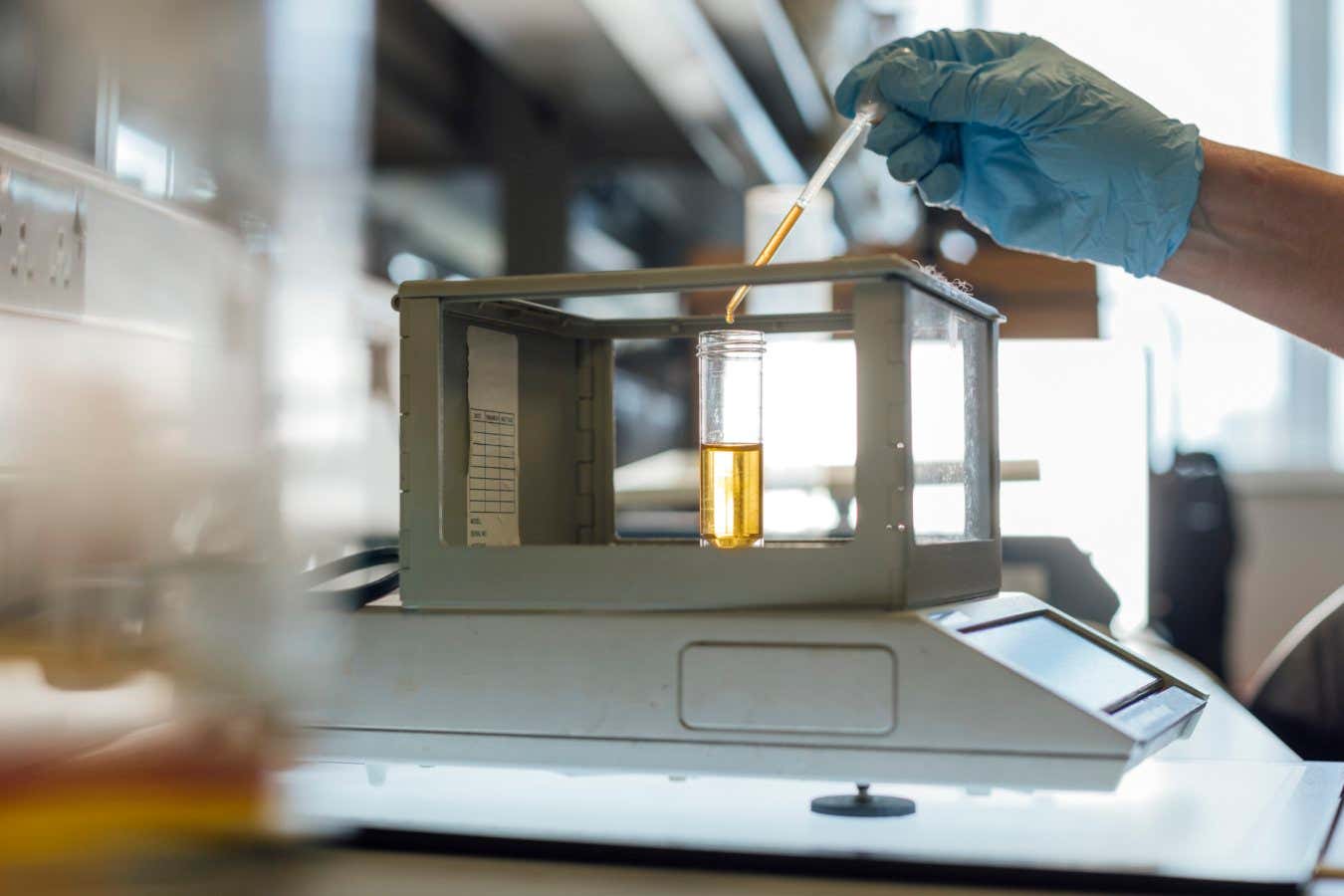Now Reading: Urine Tests Found as Effective as DIY Swabs in Detecting High-Risk HPV
-
01
Urine Tests Found as Effective as DIY Swabs in Detecting High-Risk HPV
Urine Tests Found as Effective as DIY Swabs in Detecting High-Risk HPV

Quick Summary
- Studies show urine tests can detect high-risk HPV strains as accurately as self-collected vaginal swabs for cervical cancer screening.
- Cervical cancer screening traditionally involves collecting cells from the cervix by healthcare professionals too test for presence of HPV strains linked to most cases, like HPV 16 and 18.
- some countries, including the US, Canada, and potentially the UK, are shifting towards at-home vaginal swabs as an alternative; though, these may still be invasive or uncomfortable for some individuals.
- Research conducted in South Asia among 753 sexually active women found nearly identical detection rates: 2.3% positive for HPV strains with vaginal swabs versus 2.4% with urine samples.
- Urine samples were reportedly more acceptable across certain social contexts where vaginal swabs are not favored culturally or by age groups.
- The World Health Organization aims to eliminate cervical cancer globally via vaccination campaigns but emphasizes continued focus on increasing screening uptake during this transitional period.
Indian Opinion Analysis
Introducing non-invasive urine-based testing methods could hold notable implications for enhancing cervical cancer screening accessibility in India. Low awareness about cervical health and socio-cultural constraints often deter participation in such programs. A shift towards accessible and culturally neutral solutions like urine tests might mitigate barriers faced by women reluctant to undergo customary procedures or self-administered swab tests. Additionally, India’s diverse demographic structure requires inclusive approaches that cater to various age groups and regional sensitivities.This research bolsters global understanding of alternative methods while pointing out gaps in vaccine-driven data specific to regions outside North America and Europe-relevant considerations given India’s ongoing battle against vaccine hesitancy. As part of larger goals like WHO’s Cervical Cancer Elimination Initiative (2018), adopting innovations tailored specifically within Indian settings could reduce mortality rates from one of the country’s leading preventable cancers.























